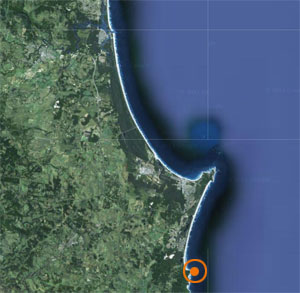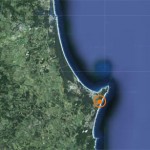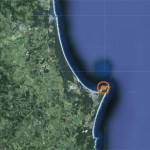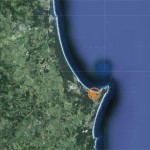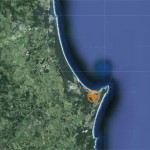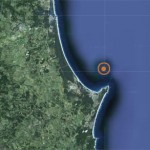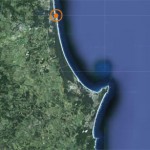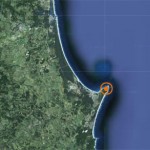We are strongly connected to our Country and it to us. The Dreaming made the land and gave us the land. Song-lines and stories identify and link places and events in the Dreaming, helping us to understand their interconnected value and show respect. These places are often called significant or sacred sites.
Some sites are special because they relate to women and men’s business or activities, or to animals and plants and their maintenance, others because they are meeting places or places of sustenance for us all. Some are special because they feature strongly in our Dreaming which explains our past, present and future link to land and sea Country and to each other, both around here and further away. Sites can link us to our ancestors and they connect us to the land. They help a person feel strong about where they came from. We can live elsewhere but this is where we belong and so its important to know and understand these significant sites so that you can walk around with pride.
Here are some signficant sites to look for and to understand. These can be shared with everyone and need to be respected. Many others are known only to our law holders and elders, or where knowledge has been passed on within our community for us to protect and look after them. In this way our culture can be resilient and prosper into the future.
 NAIDOC Week 2016
NAIDOC Week 2016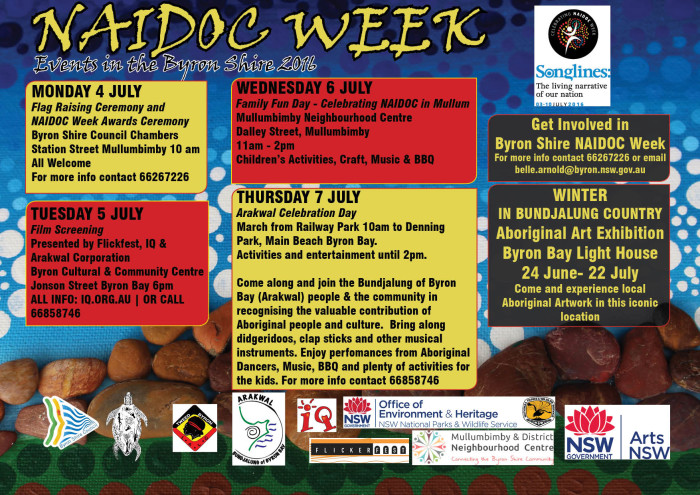 NAIDOC Program
NAIDOC Program Cultural Celebration
Cultural Celebration
